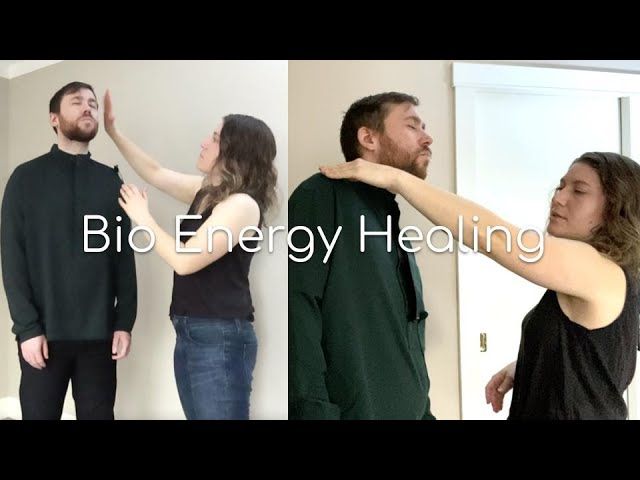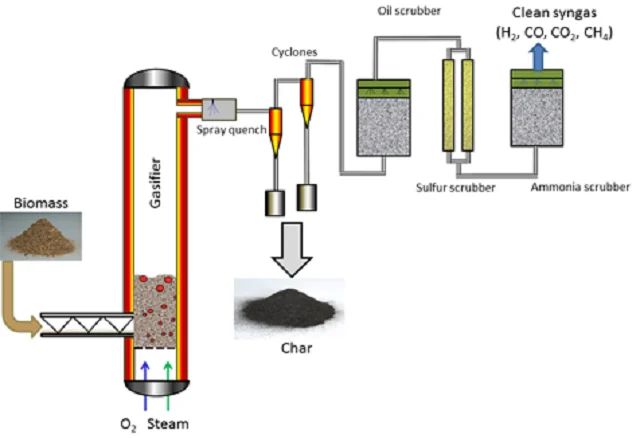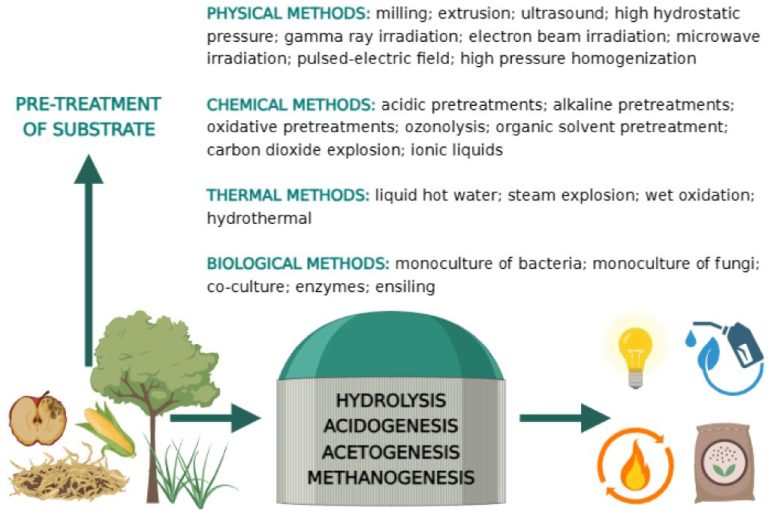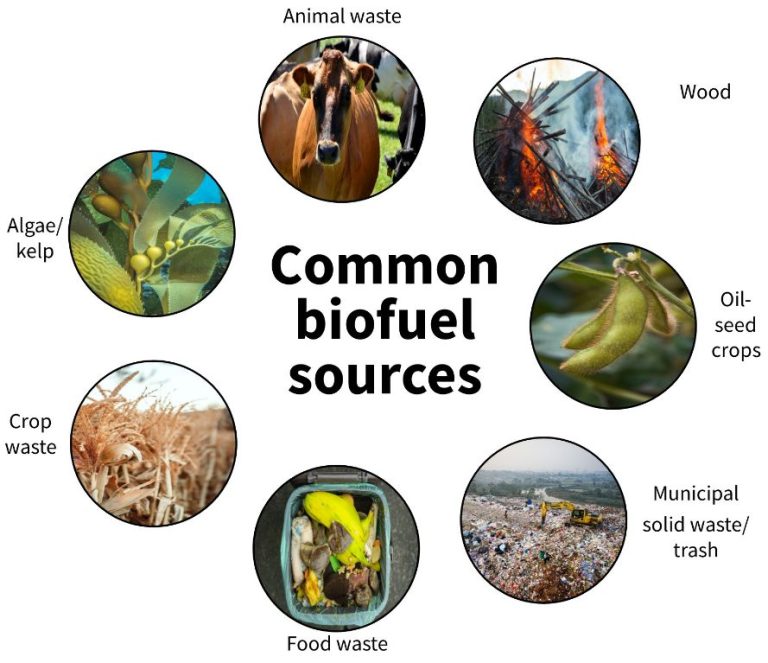What Are The Bio Energy Healing Techniques?

Bioenergy healing, also known as energy healing, biofield therapy or energy medicine, refers to a range of alternative medicine therapies that manipulate the “bioenergy” or “life force energy” in living organisms. This energy, which has gone by many names in different cultures such as qi, prana, chi, ki, and mana, is thought to flow through meridians or energy pathways in the body. Bioenergy healers work to balance, unblock and strengthen the flow of this energy within patients to restore health and wellbeing.
The use of hands-on healing techniques to modulate energy fields has existed in many ancient cultures around the world, including Chinese, Hindu and shamanic traditions. While some of these techniques are thousands of years old, the contemporary iteration of bioenergy healing developed in the 1970s as practitioners synthesized ancient wisdom with modern scientific understandings of energy and quantum physics. Some of the first bioenergy healing schools opened during this time, teaching techniques like Therapeutic Touch, Healing Touch and Reiki.
There are now dozens of recognized bioenergy healing modalities practiced around the world. Some of the most common techniques include Reiki, Therapeutic Touch, Healing Touch, Pranic Healing, Brennan Healing Science, Matrix Energetics, Quantum Touch and Qi Gong. Practitioners may use a light touch on or just above the body, or work with their hands at a slight distance from the body, to detect disturbances in the energy field, unblock energy centers, and channel “healing energy.” The goal is to channel energy to restore balance, flow and harmony in the biofield.
Reiki
Reiki originated in Japan in the late 1800s and was rediscovered in the early 1900s by Mikao Usui, a Japanese Buddhist (livingspirit.com). Usui studied ancient Buddhist teachings and texts and developed a spiritual practice involving the laying on of hands to channel alleged “universal energy” to facilitate healing. The name Reiki comes from two Japanese words – “rei” meaning universal and “ki” meaning life energy.
According to Reiki philosophy, illness is caused by disturbances in the body’s energy flow, and Reiki practitioners can channel “healing energy” through their hands to restore balance, reduce pain, induce relaxation, and support the body’s natural ability to heal itself (vanessakredler.com). There is no belief system attached to Reiki so anyone can practice it.
In a Reiki session, the practitioner places their hands lightly on or over specific hand positions on the head, torso and limbs while the recipient lies down and relaxes. There are 12 basic hand positions that cover the major organs and energy centers of the body. The practitioner may also use specific hand positions to target areas of pain or imbalance. The duration of a session can range from 30 minutes to 90 minutes depending on the treatment required.
To practice Reiki, one must undergo an “attunement” process with a Reiki Master which opens them up to be a channel for the universal energy. There are three levels of attunement called Reiki I, Reiki II and Reiki III which allow the practitioner to access increasing healing abilities (livingspirit.com).
Therapeutic Touch
Therapeutic Touch was developed in the early 1970s by Dolores Krieger, Ph.D., R.N., and Dora Kunz, a natural healer. It is grounded in the belief that human beings are fields of energy in constant interaction with others and the environment. According to Therapeutic Touch, “energy flows where attention goes” and practitioners use their hands and intent to assess and improve the flow and balance of energy in the patient’s energy field (SelfMind).
To assess the human energy field, practitioners begin by centering themselves and quieting their minds. Then they conduct a process known as “running their hands through the field” wherein they sweep their hands over the patient’s body from head to feet, assessing areas of congestion or blocks. This helps the practitioner tune into the patient’s energy flow. The practitioner then uses techniques like “unruffling” to smooth out congested areas. Unruffling involves holding the hands 2-6 inches above the area of congestion and sweeping outward to push out blockages and disruptions (Zare et al., 2010).
Additional techniques like directing, modulating, and re-patterning aim to balance and improve energy flow throughout the field. The intention of the practitioner is considered key in helping direct healing energies to the patient.
Healing Touch
Healing Touch is an energy therapy that uses touch to influence the human energy system, specifically the energy field that surrounds the body, and the energy centers (chakras) within the body. The goal of Healing Touch is to restore harmony and balance in the energy system, placing the client in a state where the body’s natural ability to heal itself can operate. Healing Touch seeks to support and stimulate the natural healing process rather than substitute for it.
Healing Touch uses techniques such as centering, clearing (becoming aware of one’s energy and clearing away blockages), assessing the energy field, and focusing or sending energy.
Healing Touch has five levels of certification that practitioners can obtain through training. Level 1 focuses on history, concepts, andassesment. Level 2 includes techniques to balance the energy system. Level 3addresses the physical body, electromagnetic field, and chakras. Level 4 includes learning about the energy systems in different traditional healing practices. Level 5 is the master level.
Overall, Healing Touch uses the hands to influence energy, with light touch along the body or above it. Practitioners aim to engage the client’s energy field and clear, energize, and balance areas of congestion or depletion. Healing Touch seeks to assist the body’s natural healing ability rather than substituting or opposing it.
Sources:
https://www.healingtouchcertification.com/
https://discover.healingtouchprogram.com/training
https://www.naturalhealers.com/blog/healing-touch-therapy/
Qi Gong
Qi Gong is an ancient Chinese system of postures, exercises, breathing techniques, and meditations. Qi (pronounced “chee”) translates to “life energy”, while gong means “work” or “skill”. So Qi Gong focuses on cultivating and manipulating this life energy through movement and stillness. The roots of Qi Gong date back over 4,000 years in China, though it was officially termed “Qi Gong” in the 1950s. Qi Gong involves slow, flowing movement, deep rhythmic breathing, and calm, meditative stillness. The physical postures and motion help circulate and balance Qi throughout the body. Meanwhile, the breathing techniques and meditation help cultivate awareness and focus the mind. Regular practice aims to enhance physical, emotional, and spiritual wellbeing. There are thousands of different Qi Gong styles, some more physical, others more meditative. But they all emphasize the integration of fluid movement, breathing, and meditation.
Source: https://www.qigongenergyhealing.com/
Pranic Healing
Pranic Healing was developed in the 1990s by Grand Master Choa Kok Sui. He synthesized ancient energy healing techniques from China, India, and Tibet to create a simple, effective system designed for modern times.[1]
The goal of Pranic Healing is to cleanse blocked energy and restore a healthy flow of “prana” or “chi.” This life force energy reaches every part of the physical body. Pranic Healing practitioners use their hands to perform “scans” a few inches above the body to sense energy imbalances. They then use sweeping motions and visualization to cleanse dirty energy and energize areas that are depleted. The treatment employs elements found across various traditions like the chakra system from India and qi meridians from Chinese medicine.[2]
A session is non-invasive and typically follows this general protocol:[3]
- Preliminary scan to assess overall energy
- Cleansing and sweeping away of dirty or congested energy
- Energizing depleted areas
- Localised treatment of affected areas
- Final scan to check treatment effects
Pranic Healing aims to be a no-touch, no-drug treatment that can complement other therapies for improved wellbeing.
Polarity Therapy
Polarity therapy was developed in the mid-1900s by Dr. Randolph Stone, an osteopath and chiropractor. He theorized that energy flows through the body along three paths or “poles” – positive, negative, and neutral. An imbalance between these poles leads to energy blocks that can manifest as pain or disease. Polarity therapy aims to balance this energy through gentle touch and pressure techniques (Polarity Therapy Techniques).
In a polarity therapy session, the practitioner first assesses the client’s energy state by feeling the flow of energy through the body. They detect where there may be congestion or deficiencies by sensing areas that feel tense, weak, cold or hot (Polarity Therapy: Comprehensive Guide To Balance Your). The practitioner then uses light touch or gentle rocking motions along energy pathways to release tension, strengthen weak areas, and balance the flow between positive and negative poles. Pressure may also be applied at specific points to stimulate energy flow.
The goal is to restore equilibrium in the body’s energy system so it can function optimally and heal itself. Effects can include reduced pain, improved flexibility, release of deeply held stress and tension, enhanced mental clarity, and overall well-being.
Craniosacral Therapy
Craniosacral therapy (CST) involves gentle manipulation of the skull bones and spinal cord to release restrictions and improve the flow of cerebrospinal fluid. The goal is to reduce tension and encourage the body’s natural healing process.
During a craniosacral therapy session, the practitioner makes light touch contacts at various points along the skull, spine, sacrum and coccyx. These contacts are used to evaluate the craniosacral system and release areas of tension or restriction. The touches are extremely gentle, about the weight of a nickel.
CST is believed to help with headaches, neck and back pain, stress, anxiety, depression and temporomandibular joint disorders. However, additional quality studies are needed to determine efficacy, according to https://www.femfirsthealth.com/craniosacral-therapy. It is considered a safe, non-invasive therapy with few side effects.
Some people report feeling deeply relaxed during and after craniosacral therapy. It does not require special positions or active participation. Patients usually remain fully clothed while lying on a treatment table.
Evidence for Bioenergy Healing
Several scientific studies have looked at the efficacy of bioenergy healing techniques. One study published in the Annals of Internal Medicine in 1998 examined the effects of touch therapy on 90 patients undergoing angiography. Patients were randomly assigned to receive either touch therapy or an impersonal touch on their shoulders while lying on the angiography table. The study found that patients who received touch therapy experienced decreased anxiety, lower rates of depression, and shorter hospital stays compared to patients receiving an impersonal touch (Source 1).
Other studies have looked at the effects of techniques like Reiki and Healing Touch on pain levels, anxiety, and recovery time after surgery. A 2010 study in the Journal of Alternative and Complementary Medicine found that Reiki significantly reduced pain and anxiety in women recovering from hysterectomy surgery compared to rest alone (Source 2).
While these studies show promising results, the mechanisms behind bioenergy healing are not fully understood. Some theories suggest that techniques like Reiki and Therapeutic Touch may help regulate the autonomic nervous system to reduce stress responses. Others propose that the human biofield or electromagnetic field around the body can be manipulated to promote healing (Source 3). More high-quality research is still needed to better understand how bioenergy healing techniques may work.
Considerations for Practitioners
Bioenergy healing techniques like Reiki and Therapeutic Touch require extensive training before practitioners can safely and effectively apply them. Responsible bioenergy healers invest significant time mastering their craft and abiding by ethical principles to best serve clients.
Proper training in a technique is essential. Each method involves learning its history, philosophy, hand positions, aura scanning, energy channeling, grounding methods and ethical code. This knowledge ensures healers apply techniques properly without harm. Certification demonstrates competency.
Ethical bioenergy healers empower clients to make informed decisions about their health. They are clear about the evidence, benefits and limitations of their services. Healers avoid making unrealistic promises, and disclose their credentials. Some obtain liability insurance for added client protection.
Benefits of bioenergy healing include stress reduction, pain relief, improved sleep and sense of wellbeing. However, techniques are not substitutes for medical treatment. Healers encourage clients to maintain relationships with healthcare providers. Responsible practice means acknowledging bioenergy as a complementary approach to promote general health and vitality.







